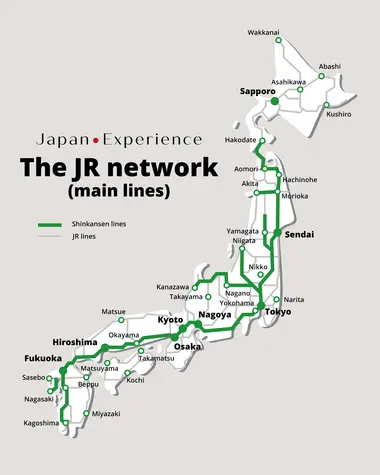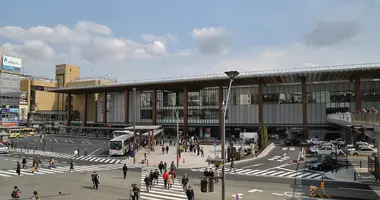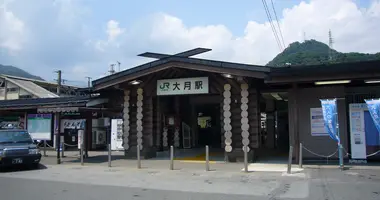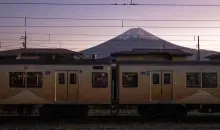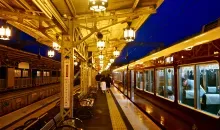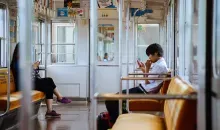Shinkansen Japan Rail Pass: The Ultimate Guide
The Japan Rail Pass is an economical and convenient way for foreign tourists to travel around Japan by train, especially on the famous shinkansen bullet trains. The pass allows unlimited rides on most JR trains, including shinkansen (with a few exceptions), for 7, 14 or 21 days. While the pass recently increased in price, it can still provide good value for extensive train travel in Japan.
What is the Shinkansen?
The shinkansen are Japan's iconic high-speed bullet trains that run on dedicated lines and reach speeds up to 320 km/h (200 mph). There are 9 shinkansen lines that cover most of Japan, allowing quick travel between major cities. On each line, there are fast, semi-fast, and local trains:
- Fast trains only stop at the main stations
- Semi-fast trains make a few more stops
- Local trains stop at every station
Using the Japan Rail Pass on Shinkansen




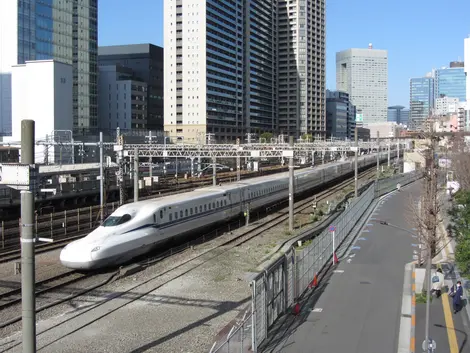
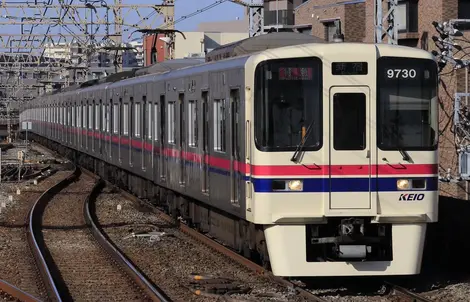
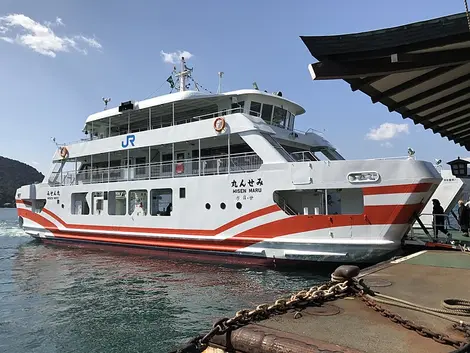

The JR Pass fully covers most shinkansen trains, with the exception of the fastest Nozomi and Mizuho trainson the Tokaido, Sanyo and Kyushu lines which require a supplement. With a pass, you can make free seat reservations, which are recommended or mandatory on certain trains. Be aware of the luggage rules and restrictions for shinkansen travel.
Overview of the Main Shinkansen Lines
Here is a brief description of the key shinkansen lines most useful for tourists:
- Tokaido (Tokyo-Kyoto-Osaka): Japan's busiest high-speed line connecting the country's three largest cities
- Sanyo (Shin-Osaka to Fukuoka): Extends the journey from Osaka to Hiroshima, Fukuoka and Hakata
- Tohoku (Tokyo to Aomori + branch lines to Akita & Yamagata): Runs north from Tokyo up to Aomori, with mini-shinkansen branch lines
- Hokkaido (Aomori to Hakodate): Connects the main Honshu island with Hokkaido via an undersea tunnel
- Kyushu (Fukuoka to Kagoshima): Traverses the southern island of Kyushu
- Hokuriku (Tokyo to Kanazawa): Provides access to the Japan Sea coast, Nagano and Kanazawa
Each line has multiple train categories from fastest to slowest, with sample travel times provided.
Other Benefits of the Japan Rail Pass
Beyond shinkansen, the JR Pass provides unlimited travel on other JR trains like limited express, rapid and local trains. It also covers some non-JR trains, JR buses, airport transfers, and the JR Ferry to Miyajima. Pass holders can use the automatic ticket gates and receive some discounts at certain attractions.
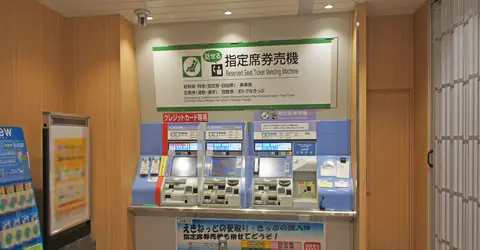
Ticket and reservation machine at Yotsuya Station
@Japan Visitor
How to Purchase and Use the Japan Rail Pass
There are two methods for purchasing the pass online: through the official JR Pass website (with upfront seat reservations) or via authorized agents (with an exchange voucher). Outline the eligibility rules, exchange process and how to activate the pass once in Japan. Detail how to actually use the pass to ride trains and make seat reservations.
If you're traveling with family, a combination of JR Passes for the adults and children can provide savings and flexibility. For getting around locally, consider supplementing with a pre-loaded IC card. To figure out schedules and routes, consult the Different types of Shinkansen Cars, Japanese Bullet Trains guides and The Shinkansen Network map.

